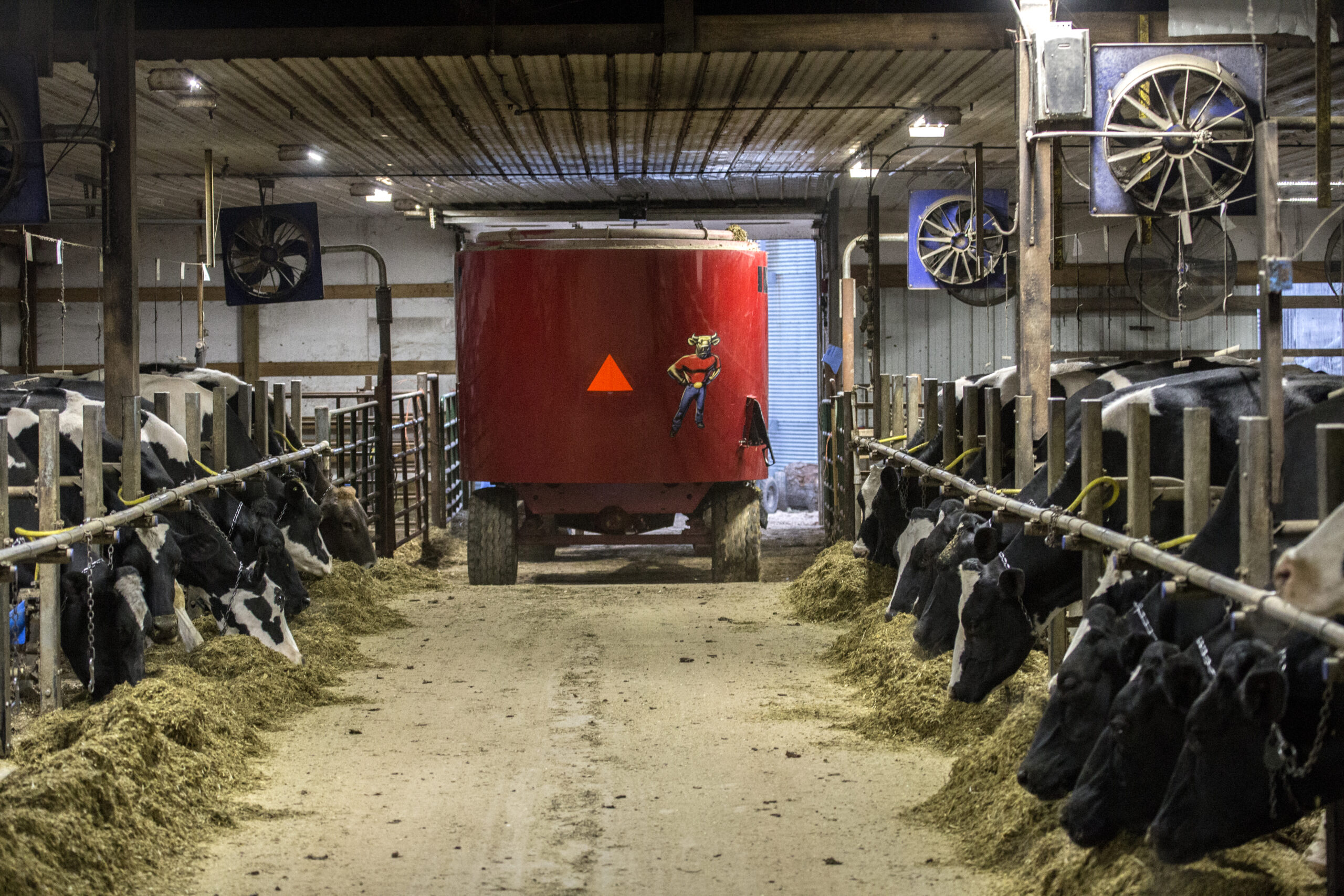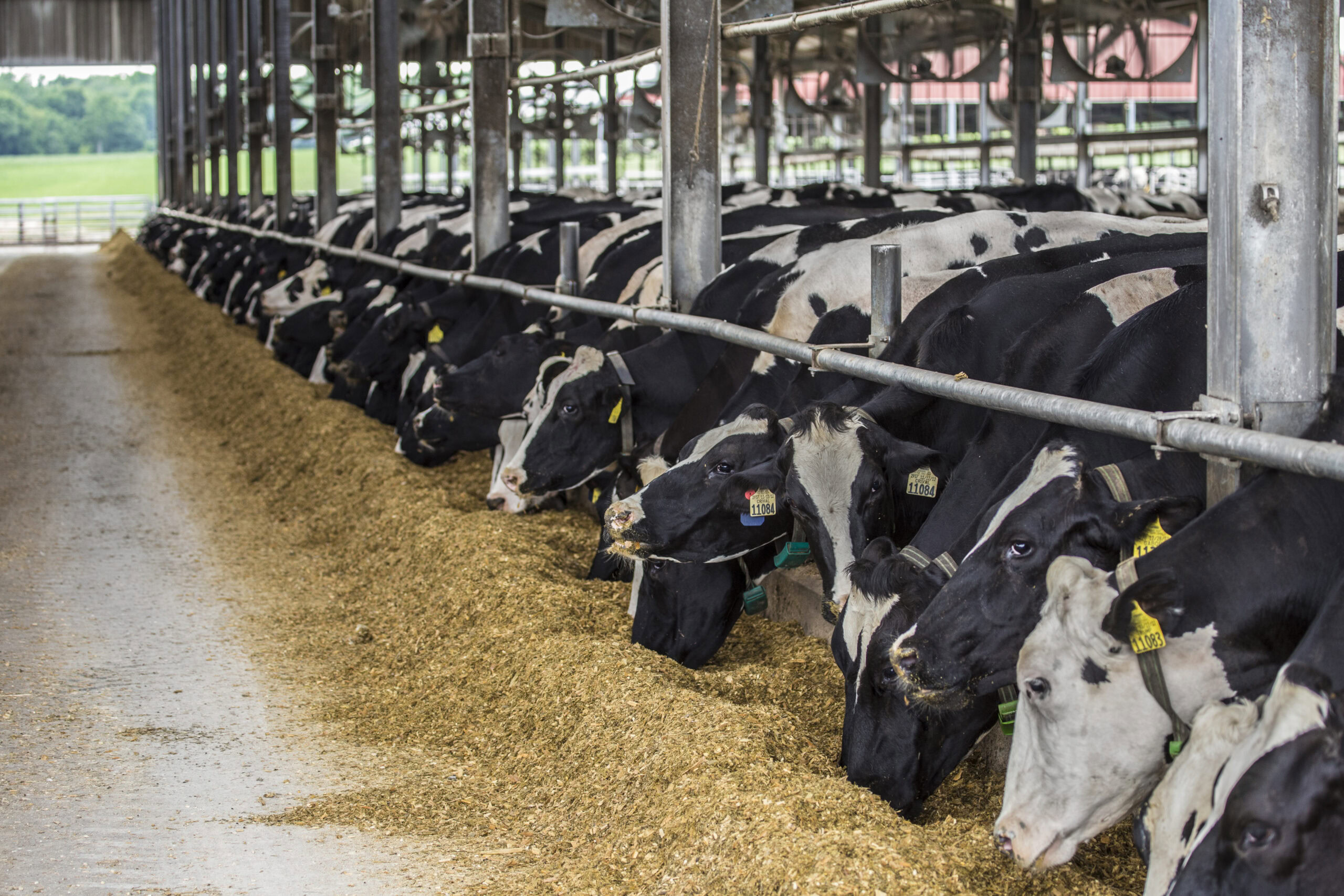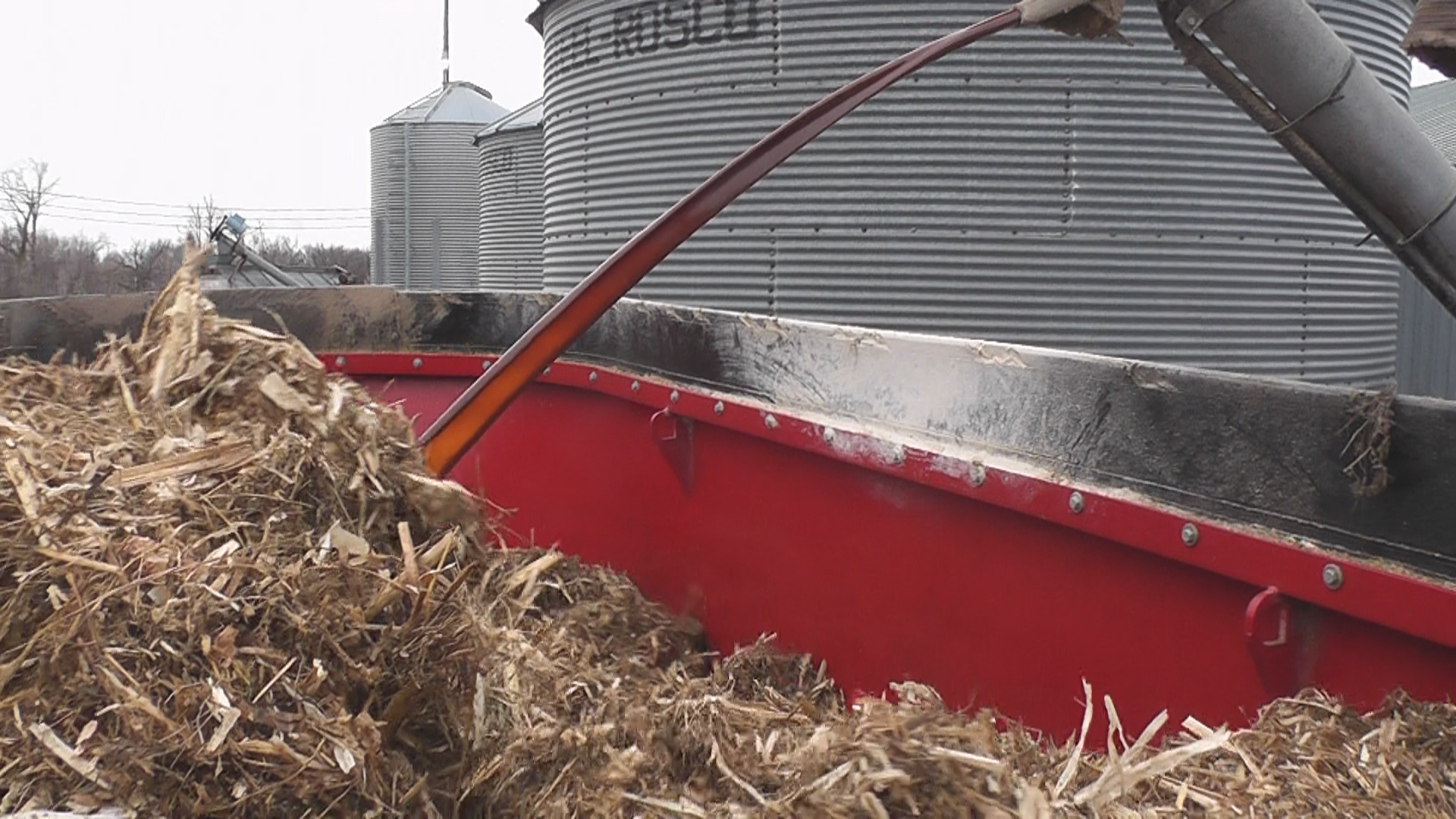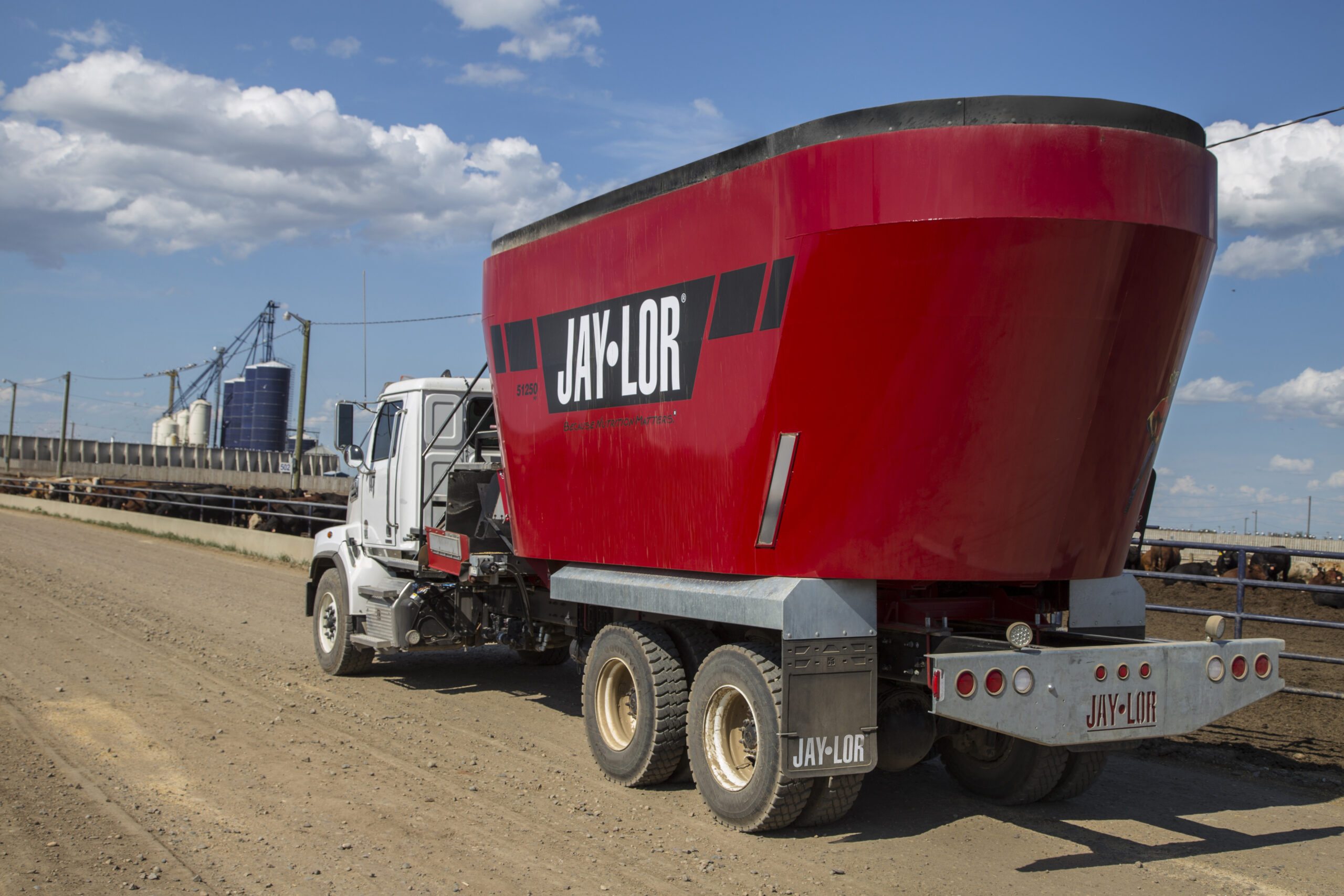Nutrition Library
It is often said that the introduction of the TMR (Total Mixed Ration) mixer has played a pivotal role in improving animal performance, and at the same decreasing feed cost. Yet little authoritative information has been written, nor public research conducted, regarding this important tool for cattle feeding since its inception more than 40 years ago. Here you’ll find information regarding how TMR mixers function, how to optimize the TMR and mixer operation on your farm, TMR mixer tips, industry developments, and other related items.



